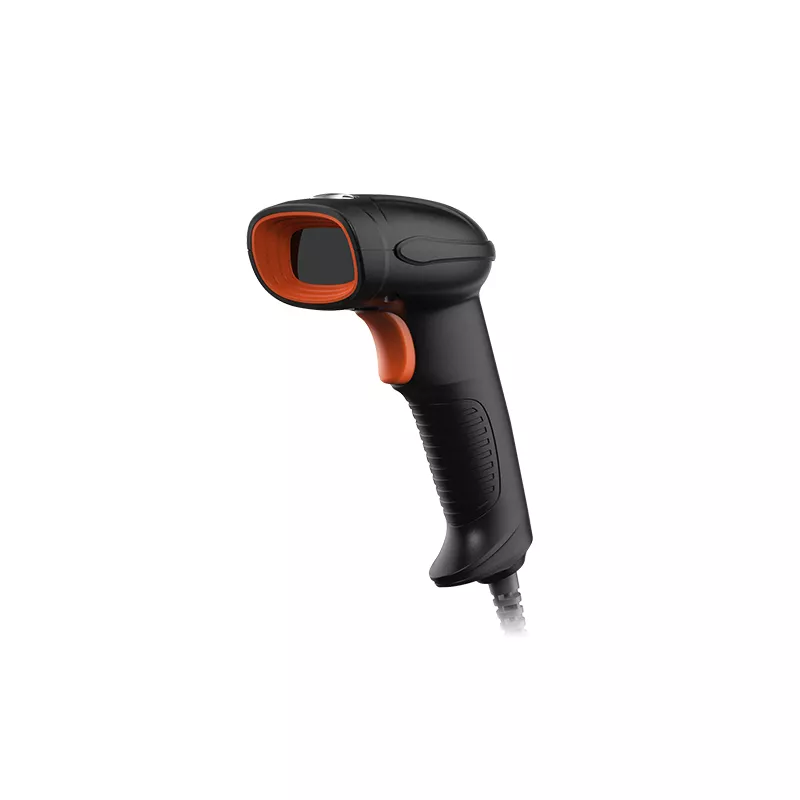Are handheld barcode scanners safe?
Handheld barcode scanners have become ubiquitous tools in various industries, streamlining processes and enhancing efficiency. As these devices are integrated into daily operations, concerns about their safety may arise.
Handheld Terminal Scanner
**1. How Handheld Barcode Scanners Work:
Handheld barcode scanners utilize laser or imaging technology to capture and decipher barcodes. Laser scanners use laser beams to read the reflected light from the barcode, while imaging scanners take a picture of the barcode and decode it.
**2. Radiation Concerns:
**a. Laser Scanners:
Laser scanners emit low-powered lasers that are generally considered safe for use. The lasers used in these scanners are typically Class 1 lasers, which pose minimal risk of eye injury.
**b. Imaging Scanners:
Imaging scanners do not emit lasers, relying on sensors and cameras to capture barcode images. As a result, they are considered safe with regard to laser radiation.
**3. Potential Eye Exposure:
**a. Laser Safety Regulations:
Handheld barcode scanners are designed to comply with laser safety regulations. Class 1 lasers, as commonly used in barcode scanners, are considered safe for eye exposure, even when viewed directly.
**b. Normal Use Practices:
Following normal use practices, such as not intentionally staring into the laser beam, ensures that any potential risk of eye exposure is minimized.
**4. Safety Features in Modern Scanners:
**a. Automatic Shut-off:
Many handheld barcode scanners come equipped with automatic shut-off features. If the scanner is not in use for a specified period, it will power down to conserve energy and reduce the possibility of unintended exposure.
Recommended article:
What Are the Benefits of Air Cooling High Frequency Rectifiers?
AC and DC TIG Welding Machines: Unveiling Precision and Versatility
**b. Ergonomic Design:
Immersion Tin PCB Surface Finish
What is the Use of Rotary Damper?
Top PCB Assembly Manufacturer Trends to Watch in 2025
How to Choose the Best School Bus Air Conditioner?
Ultimate Guide to Luminaria a Prueba de Explosión: Safety & FeaturesThe design of handheld barcode scanners often includes ergonomic features to promote user comfort and reduce the risk of strain or injury during prolonged use.
**c. Product Certification:
Reputable manufacturers ensure that their handheld barcode scanners comply with relevant safety standards and regulations, obtaining certifications that attest to their safety.
**5. Environmental Considerations:
**a. Chemical Safety:
Barcode scanners are generally safe for use in various environments. However, considerations should be made in environments with potential chemical exposure, such as industrial settings where certain substances may be present.
**6. User Training:
**a. Guidelines and Best Practices:
Providing users with clear guidelines and best practices for operating handheld barcode scanners ensures safe usage. This includes proper handling, avoidance of intentional laser exposure, and adherence to manufacturer recommendations.
**7. Conclusion:
Handheld barcode scanners, whether using laser or imaging technology, are designed with user safety in mind. Compliance with safety standards, incorporation of automatic shut-off features, and ergonomic design contribute to the overall safety of these devices. As with any technology, it is crucial for users to follow recommended practices and guidelines to ensure safe and effective use.
In summary, handheld barcode scanners are considered safe for use in various industries, and the potential risks associated with laser exposure are minimal when proper precautions are taken. When choosing a handheld barcode scanner, opting for products from reputable manufacturers with certifications attesting to safety standards adds an additional layer of confidence in their use.
None


Comments